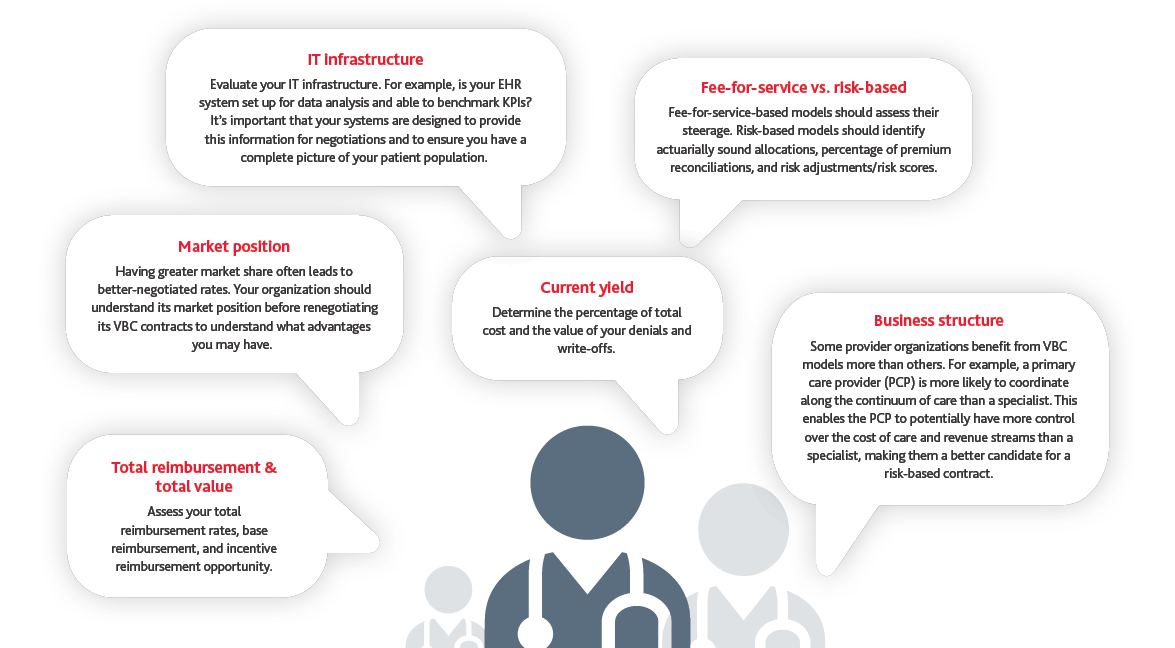BDO Technology’s 2023 Valuation View
2022 marked a 32-year low for U.S. initial public offerings (IPOs), with an 88% drop in the volume of IPOs compared to the prior year. In addition, dealmaking stalled, with business leaders unwilling to assume both the costs and risks inherent to transactions, making it a down year for valuations. This drop had several causes, including record-high inflation, climbing interest rates, residual pandemic-related supply chain disruptions, and aggressive hiring practices in the prior year. In 2022, the tech industry was hit especially hard, which resulted in widespread layoffs coupled with an industry-wide spending slowdown.
However, as the tech industry enters the latter half of 2023, some key metrics are showing signs of improvement. Inflation is slowing and supply chains are recovering as shippers, manufacturers, and other industries adjust. Looking ahead, there is good reason to be optimistic again about the valuation view.

Inflation Cools and Readiness Heats Up
The current inflationary environment appears to be on track for a “soft landing” after peaking during 2022. Inflation in June 2023 was 3%, down from 4% in May and from a high of 9.1% in June 2022. That inflation is cooling without high unemployment may suggest that pandemic-related supply chain issues were the primary contributor to rising costs. With those difficulties potentially addressed and abated, the market is showing signs of recovery.
Private equity firms, experiencing pent-up interest and sitting on plenty of dry powder after a slow year, are seeking new ways to maximize their capital as 2023 continues. Owing to a relatively weak exit market, these funds have also been holding onto more investments than usual — or holding investments for longer periods of time than usual — and will likely be looking for sales opportunities related to them as market activity increases.
The Wild Card of Interest Rates
Even as inflation is improving, interest rates remain a potential source of instability for valuations. The Federal Reserve (Fed) raised its key interest rate by another .25% on July 26, 2023, bringing the rate to 5.5% — the highest in 22 years. High interest rates can reduce profitability by raising the cost of debt and other capital, and as a result can have a chilling effect on dealmakers’ willingness to borrow to finance M&A activity.
Still, the need for higher interest rates may be reduced if inflation cools further, as is expected. The Fed also emphasized in its announcement that it does not foresee a recession on the horizon, given the present conditions.
Key Indicators of Improvement
As of July, the Big 7 tech stocks are trading on average at 38 times their blended forward rates of earning. This far outpaces the rest of the S&P 500 stocks, which are trading at 20 times their blended forward rates. The Big 7 are a bellwether for the rest of the industry and a leading indicator of the improving trajectory of the tech market. Across the industry, triple-A companies are garnering impressive multiples. For example, high-growth SaaS companies are seeing 10x revenue multiples.
Challenges do still exist, however. Lower-growth SaaS companies are seeing multiples in the 3-4x range and are experiencing increased scrutiny from investors in the due diligence process. Leaders at companies within this category especially should ensure their financial reporting is complete and accurate in anticipation of scrutiny.
Optimism in Venture Capital
Venture capital (VC) investors are also indicating their expectations for improvement in tech valuations. We’re seeing increases in funding for pre-seed startups, further underscoring the growth in interest and enthusiasm. This early-stage focus is a sign that VC investors may be planning to invest earlier and hold onto their positions for longer periods of time, in anticipation of the IPO market taking off in the foreseeable future. This jump in available funds for pre-seed startups is also likely to increase competition for pre-seed money.
Variables to Consider
Tech companies looking to make the most of a rebounding valuation environment should keep these important factors in mind:
- Pre-pandemic numbers: Investors are evaluating longer lookback periods to inform their valuations. They are increasingly interested in pre-pandemic figures, if available, with the goal of determining whether a company’s performance during the pandemic years was anomalous compared to more typical years.
- The impact of AI: The growing capabilities and accelerating adoption of AI is anticipated to have a large impact on tech companies. Expectations are high for how this emerging technology will affect existing business models, with some indications that the magnitude of AI’s impact on the industry could be comparable to inflation or other powerful economic factors. The effects could prove to be mixed. For companies whose offerings may be altered or supplanted by AI, it could present new risks and challenges. Many others will see it as a boon to their businesses. But even in cases where expectations around AI disruption are more positive, there can still be risk. Over-inflated expectations might make it easier to disappoint investors, even with strong on-paper performance.
BDO’s Take
The promise of AI and a stabilizing market are fueling renewed focus in the tech sector, and companies’ fundamentals are on a sharp upswing from last year. Given these incipient trends, there is good reason to think that tech valuation will improve during the final quarter of 2023.
For businesses seeking assistance in preparing for an exit, a sale, or valuation-related scrutiny, BDO can help. Our teams have worked with telecom, media, hardware, and software companies, and possess a deep knowledge of these industries. With experience in public accounting, valuations, investment banking, and management consulting, our professionals can help identify and address financial, tax, and operational issues before they can disrupt a deal.
SHARE